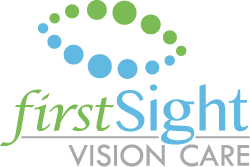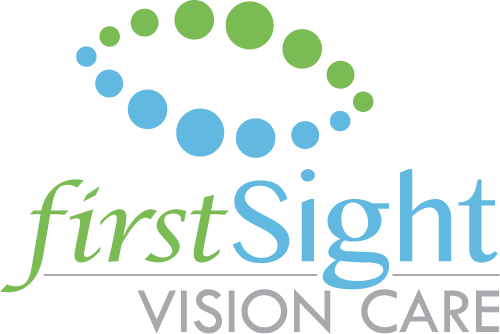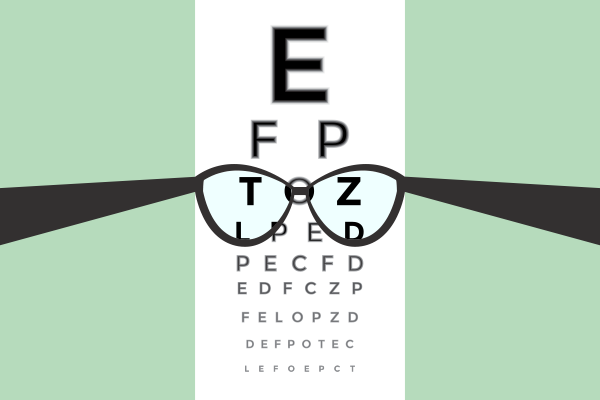What is Myopia?
Myopia, or nearsightedness is a condition where you have more trouble seeing far away than you do up close.
How does it occur?
Light rays (images) form in front of the retina if you’re nearsighted, and behind the retina if you’re farsighted. This causes a blurry image. Glasses/contacts correct vision so that the rays focus right on the retina, which is what needs to happen in order for you to see a clear image.
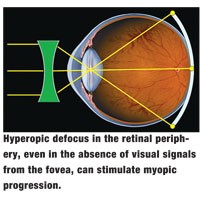 The theory behind myopia control stems from the fact that even though vision correction allows light rays to focus on the retina, it is only focused on one part of the retina—the fovea. The fovea (or macula) is the part of the eye that allows you to read the 20/20 line during your eye exam and is responsible for your overall central vision. However, given that the rest of the retina is rounded and takes the shape of the eyeball, peripheral rays end up focusing behind the eyeball (vs having a flatter surface in the back of the eye). See picture below.
The theory behind myopia control stems from the fact that even though vision correction allows light rays to focus on the retina, it is only focused on one part of the retina—the fovea. The fovea (or macula) is the part of the eye that allows you to read the 20/20 line during your eye exam and is responsible for your overall central vision. However, given that the rest of the retina is rounded and takes the shape of the eyeball, peripheral rays end up focusing behind the eyeball (vs having a flatter surface in the back of the eye). See picture below.
The ends of the white arc represent the peripheral rays focusing behind the eye, which drives the eyeball to grow longer in order to reach those rays and focus clearly. Notice that the center part of the arc is focused right on the fovea to see to allow for clear central vision. This is what occurs with traditional correction such as glasses or single vision soft contact lenses.
What are my or my child’s risk factors for developing myopia?
- Myopic parent(s)
- Young age
- Asian descent
- Lots of near work
- Very little time outdoors
Most common complications from high myopia:
- Cataracts
- Glaucoma
- Macular degeneration
- Retinal detachment
Think you or your child may suffer from high myopia and interested in slowing down the progression? Stay tuned for our next blog post to see how we can do this together.
